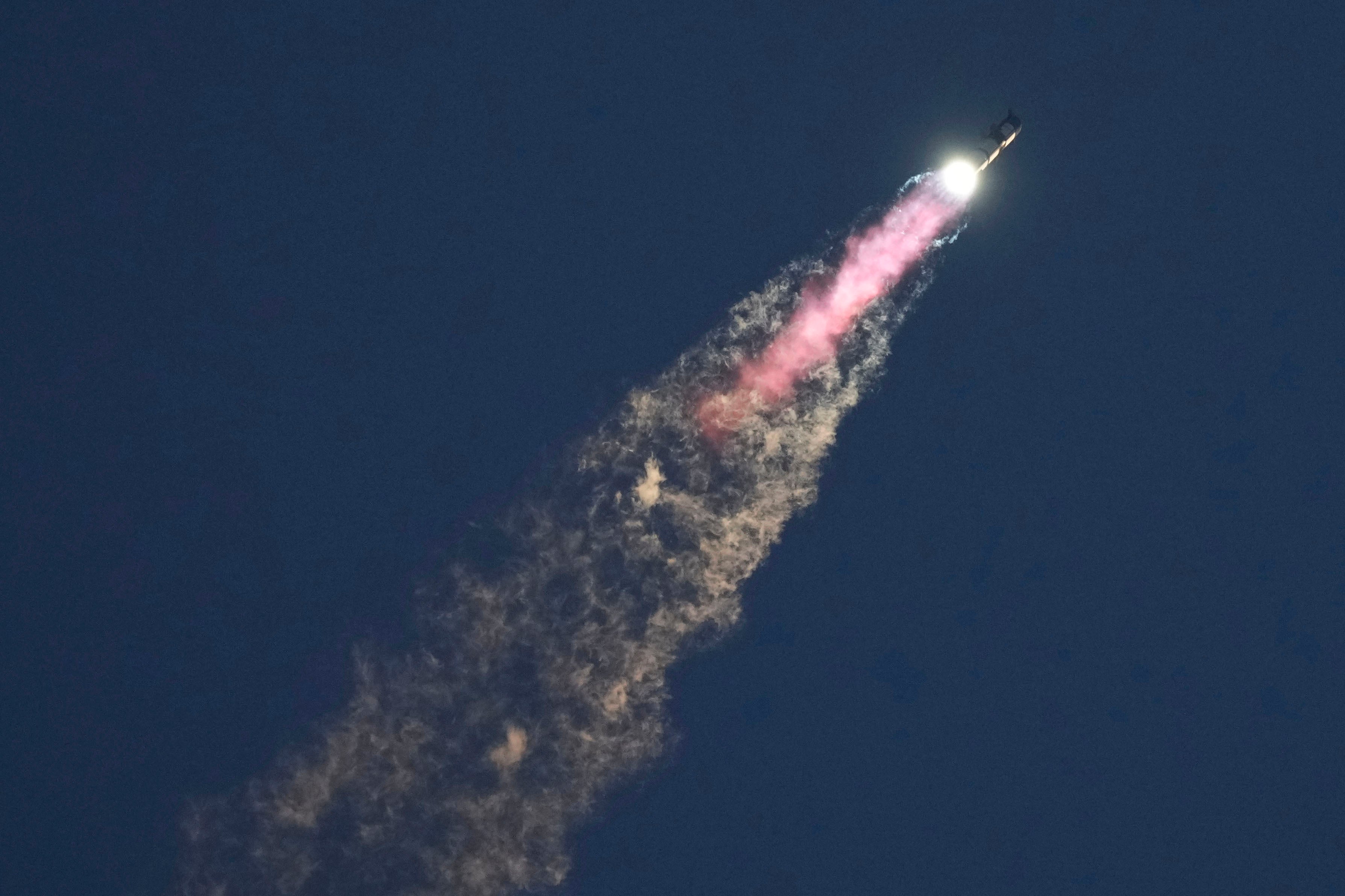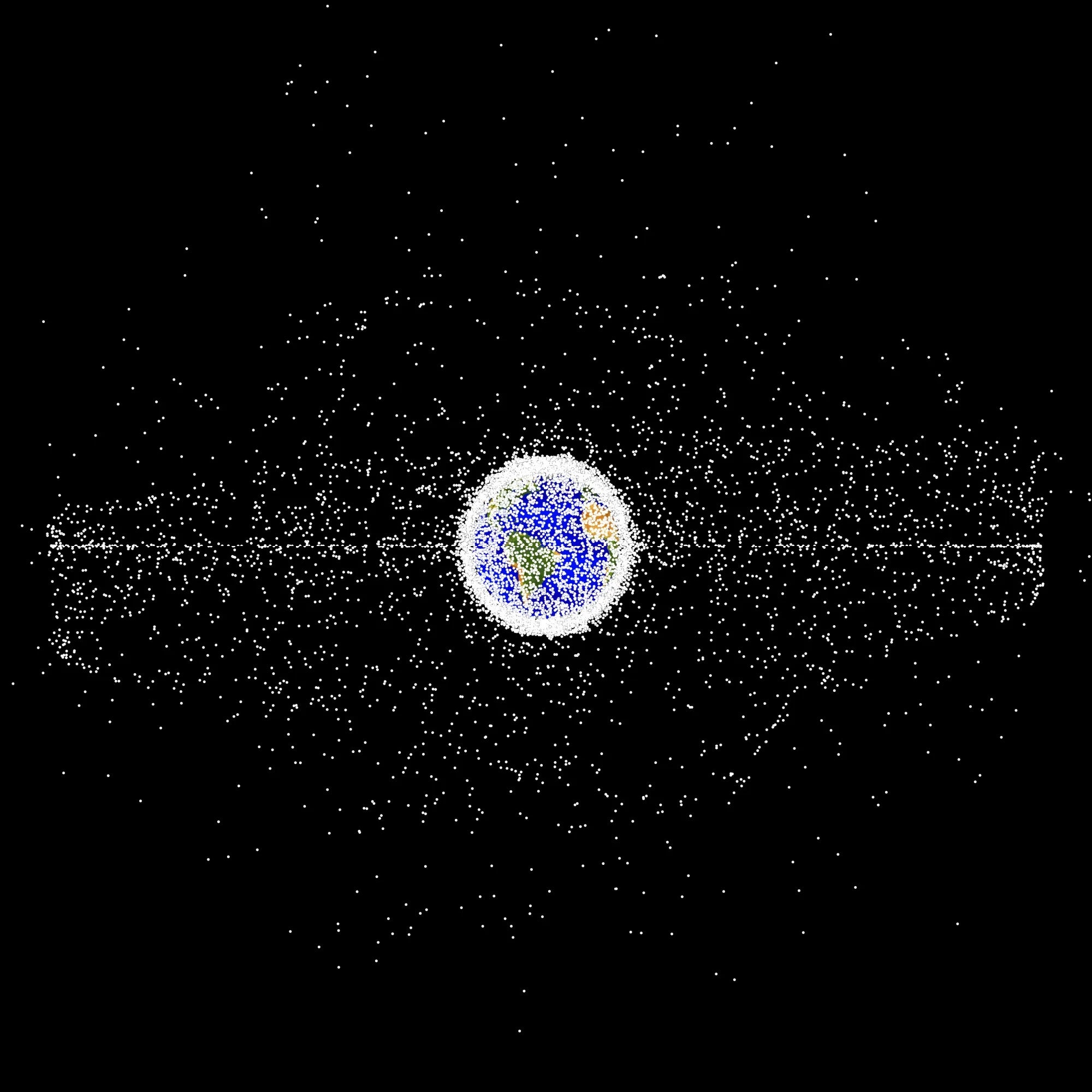The Independent's journalism is supported by our readers. When you purchase through links on our site, we may earn commission.
Elon Musk wants to send 30,000 more Starlink satellites into space - and it has astronomers worried
Satellites in orbit are already an obstacle for astronomers. Sending tens of thousands more could compound issues without any solutions.

Elon Musk’s SpaceX is once again asking for approval to send up nearly 30,000 more Starlink satellites to low-Earth orbit- and astronomers are sounding the alarm over the request.
SpaceX officials claim it is necessary to bring blazing gigabit speeds and “ubiquitous mobile connectivity to all Americans” for its high-speed internet service, as well as for billions of Starlink users around the world. The company requested that the agency grant it lower orbits for the second-generation system and more radio frequencies. SpaceX says additional frequencies will not cause significant interference problems to other spectrum users.
It is now asking for the OK from the Federal Communications Commission to deploy up to 29,988 Starlink satellites, likely using the company’s Starship megarocket.
The company had requested as many over two years ago, but the FCC only gave its permission for the deployment of up to 7,500. At the time the FCC said its decision would protect other satellite operators from harmful interference and maintain a “safe space environment.” But, the company’s 20-page October 11 filing neglects to mention any associated impact.
“Obviously, the impact,” Piero Benvenuti told The Independent Monday, “[is] what we have already known for several years, [and] claimed that there’s a severe impact on astronomy, both optical and radio astronomy and also the visibility of the pristine sky,”

A safe space environment is exactly what astronomers have said is under threat from large numbers of satellites and ‘space junk’ that float around the Earth. However, it’s not the only concern. Satellites are luminous, hampering scientists’ ability to observe planets and stars.
Last month, astronomers said radio wave emissions from the Starlink groups have made it harder for the European Low-Frequency Array radio telescope network to look for exoplanets and black holes.
Due to these threats, the International Astronomical Union has been working with SpaceX to try to find mitigation strategies to protect astronomy and the pristine night sky. Benvenuti, the director of the union’s Centre for the Protection of the Dark and Quiet Sky from Satellite Constellation Interference, said he wasn’t surprised by the request - but a fix to the astromers’s issues is needed.
“We are trying to find measures that would not impact, too severely, astronomy,” he said.
One thing scientists are working on is to make the satellites “essentially invisible to the naked eye.
“That is very hard to obtain, but at least they try to work on the material science to find the coating of the satellite that would not reflect, like a mirror, the light of the sun,” he explained. Making the satellites less reflective could protect the cultural heritage of the night sky.
Secondly, knowing the precise positions of the satellites could help. But, it’s tricky because the satellites and the International Space Station are constantly jostling to avoid collisions with each other and other debris.

The radio frequencies satellites use to communicate can also be a problem.
“Although the bandwidth they are using is not among the so-called ‘protected’ radio bands for radio astronomy, they are very close to them. And so, there is always spillover of noise,” said Benvenuti. “And, it’s very difficult, in that case, to avoid interference.”
The Independent has reached out to SpaceX for comment about the concerns.
A possible solution is to ask companies to deviate the beam of transmission while they fly over major radio astronomical facilities. But, sending more satellites up only complicates these tasks.
Four years ago, there were only about 2,200 satellites hurdling above the planet in low-Earth orbit. Today, there are around 14,000. However, there are plans to launch many more.
“The scary news is that the International Telecommunications Union currently has received requests for launching 1.7 million satellites,” Benventui explained.
While that might not be the actual number sent up, just a few percent could bring the total up to 150,000.
“That will become ... quite challenging.”
Join our commenting forum
Join thought-provoking conversations, follow other Independent readers and see their replies
Comments